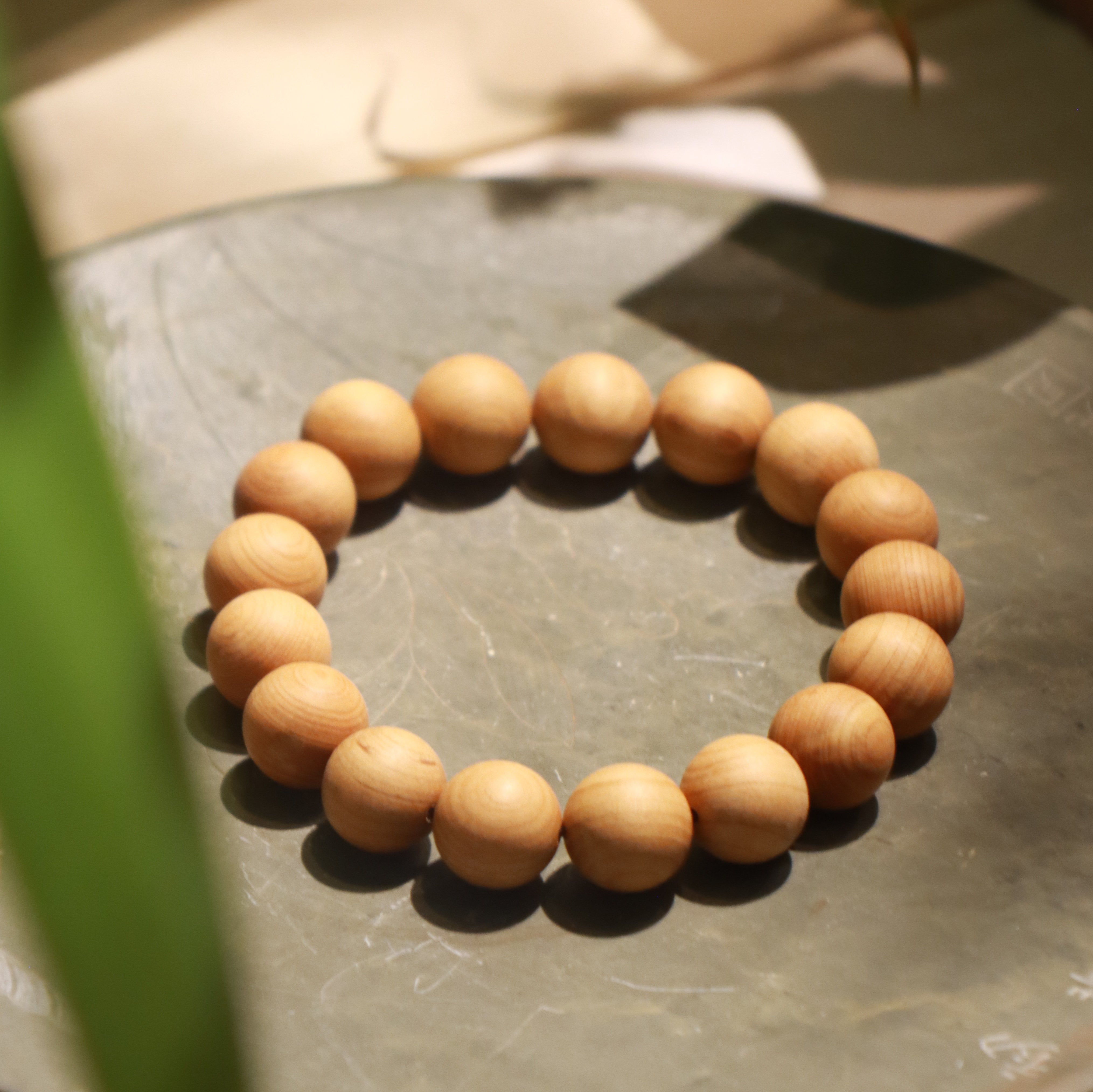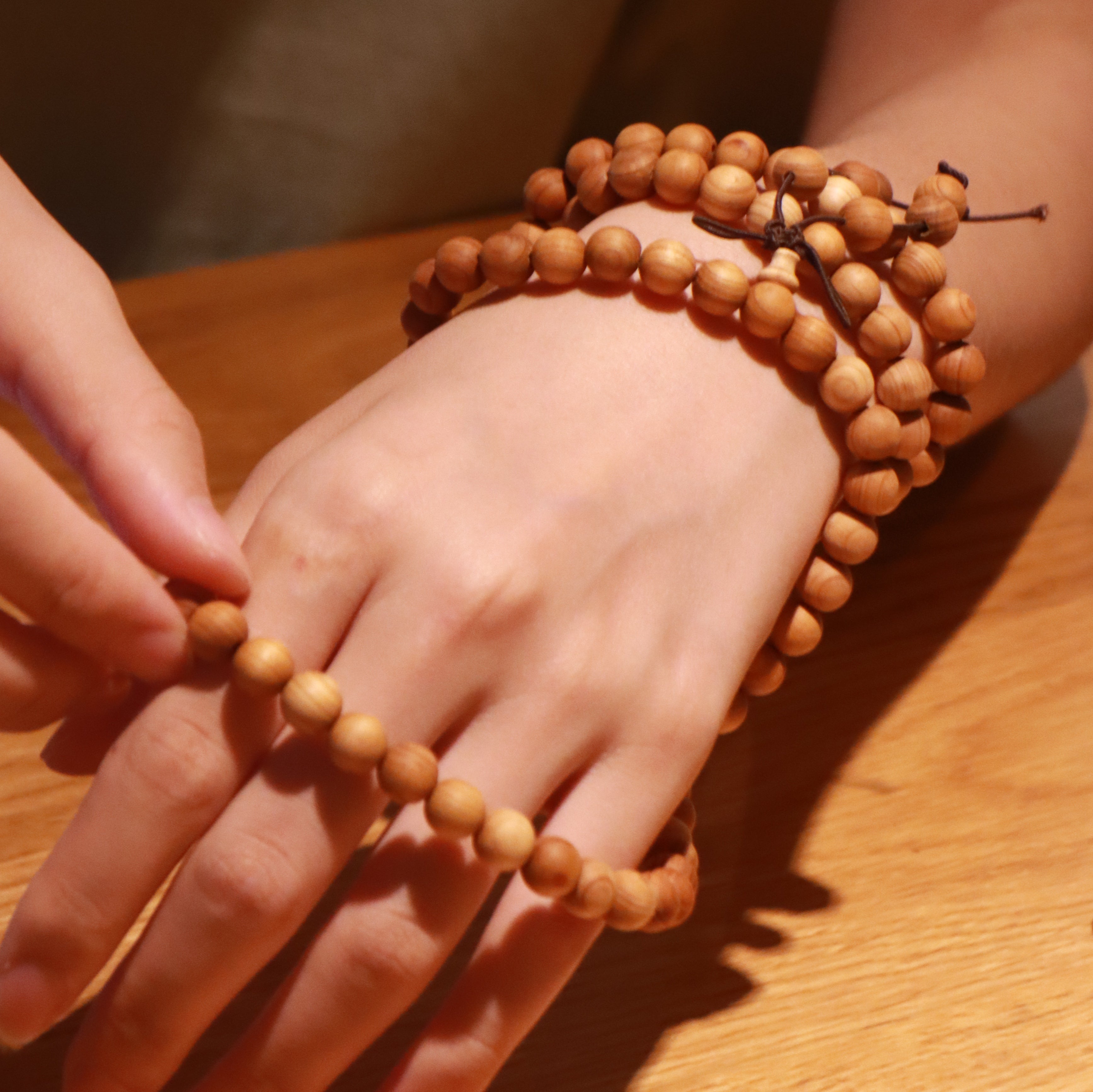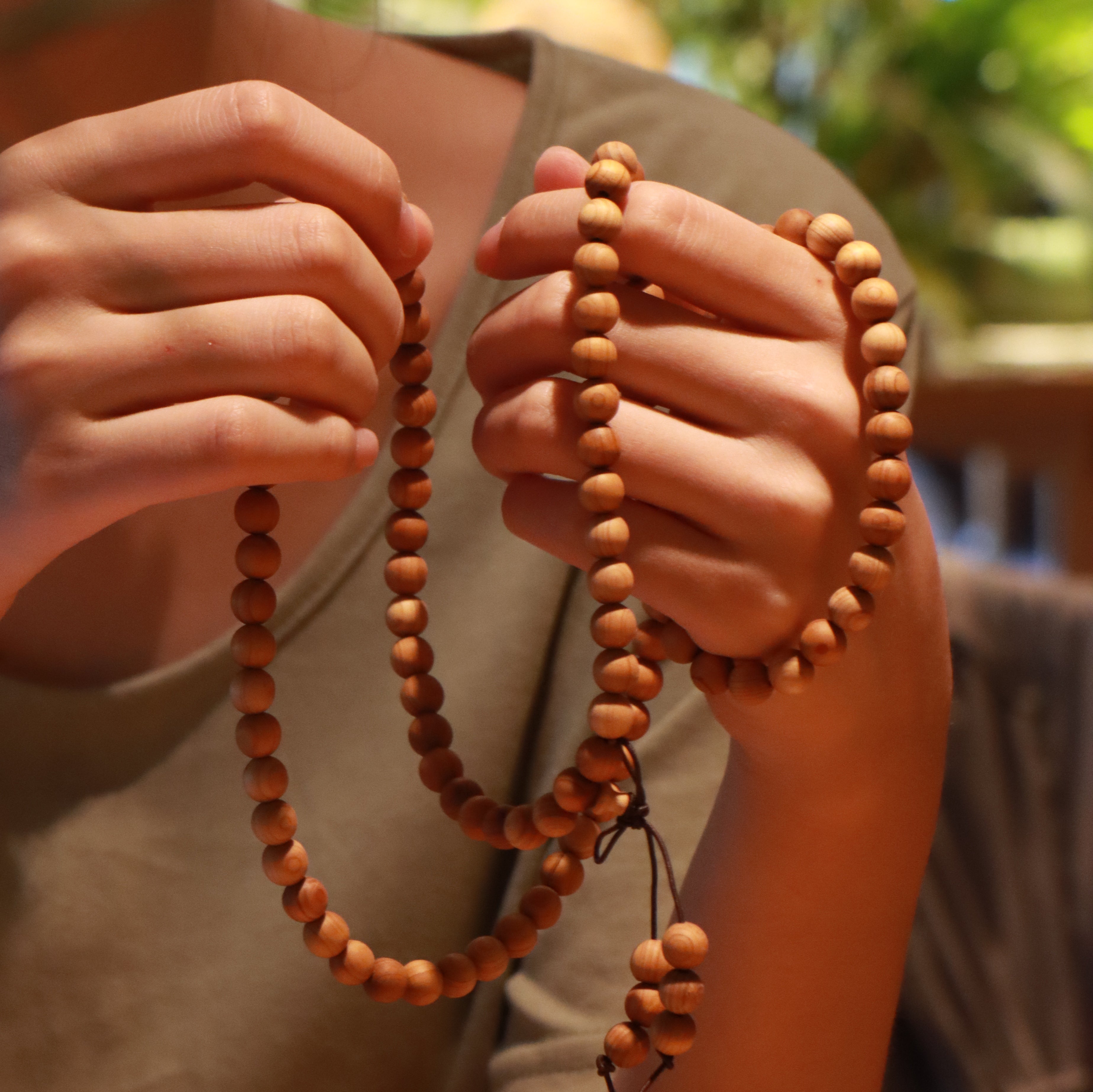When it comes to natural healing bracelets, two popular choices stand out—Thuja wood and Sandalwood. Both are known not just for their aesthetic appeal but for their grounding properties, calming scents, and cultural significance. If you’re choosing between the two, it’s important to understand what each offers and how they differ.
Let’s break it down so you can make the right call based on your energy, style, and intentions.
What Is Thuja Wood?
Thuja, often called arborvitae or “tree of life,” comes from a genus of coniferous trees native to North America and parts of Asia. The wood has a light golden tone, a natural sheen, and a unique, slightly spicy scent that’s distinct yet subtle.
Key Benefits of Thuja Wood Bracelets:
-
Grounding Energy: Believed to help center emotions and offer spiritual protection.
-
Cleansing Properties: In traditional cultures, it’s used in purification rituals.
-
Unique Scent: It has a clean, earthy smell that’s calming but not overpowering.
-
Durability: Naturally resistant to moisture and wear.
Thuja is often chosen by those who want a bracelet that’s understated, spiritually grounding, and carries a sacred, earthy vibe.
What Is Sandalwood?
Sandalwood is a fragrant wood sourced mainly from India and Australia. It’s prized for its warm, creamy scent and its long-standing role in spiritual and religious practices, especially in Hinduism and Buddhism.
Key Benefits of Sandalwood Bracelets:
-
Calming Effect: Known for reducing stress and enhancing meditation.
-
Aromatherapy Value: Releases a pleasant scent that promotes relaxation.
-
Spiritual Connection: Used in prayer beads and malas for thousands of years.
-
Luxurious Look: Smooth texture and pale to medium golden tone.
Sandalwood is often preferred by those who prioritize scent, seek deeper meditation support, or want a more luxurious feel.
Thuja vs. Sandalwood: Head-to-Head
|
Feature |
Thuja Wood |
Sandalwood |
|
Scent |
Mild, earthy, woody |
Rich, creamy, sweet |
|
Energy |
Grounding, protective |
Calming, meditative |
|
Durability |
Very durable, weather-resistant |
Softer, can fade with time |
|
Cultural Roots |
Native American and Asian traditions |
Deeply rooted in Indian spirituality |
|
Color/Look |
Light, rustic golden-brown |
Pale to warm yellow with a smooth finish |
|
Price |
Usually more affordable |
Often more expensive |
Which One Should You Choose?
Your choice depends on your priorities:
-
Looking for a stronger scent and meditative support?
Go with Sandalwood. Its aroma is calming, and it’s often used in spiritual rituals for a reason. -
Want something more grounding and rugged?
Thuja Wood might be your match. It’s less about scent and more about protective energy and earthiness. -
Need a budget-friendly option that still feels meaningful?
Thuja generally costs less and still delivers a lot of emotional and spiritual value. -
Are you buying for style or energy work?
For meditation or mindfulness, Sandalwood may be better. For protection or balance, Thuja is often preferred.
How to Wear and Care for Your Wood Bracelet
Whichever you choose, take care of your bracelet to keep its energy strong and its look intact:
-
Avoid water: Especially for Sandalwood, which can absorb moisture and lose its scent faster.
-
Re-charge the energy: Leave the bracelet in moonlight or near a crystal to reset its energy.
-
Clean gently: Use a soft cloth; don’t soak it or use harsh chemicals.
Final Thoughts
Both Thuja wood and Sandalwood bracelets bring something special to the table. Thuja is more rugged, earthy, and grounding. Sandalwood is softer, soothing, and deeply spiritual. Think about what energy you want to invite into your life, and choose accordingly.
There’s no wrong pick—only the one that fits where you’re at in your journey.












